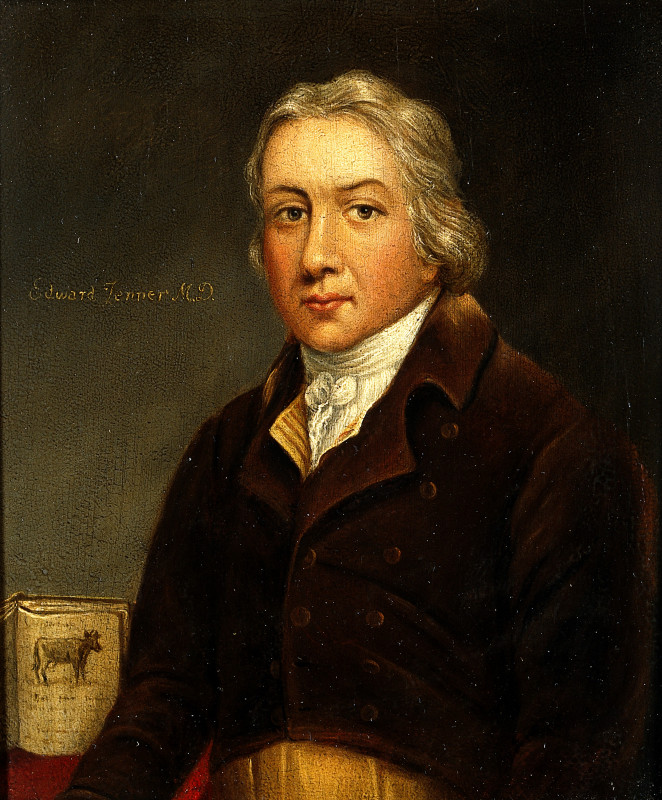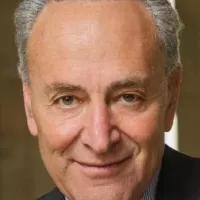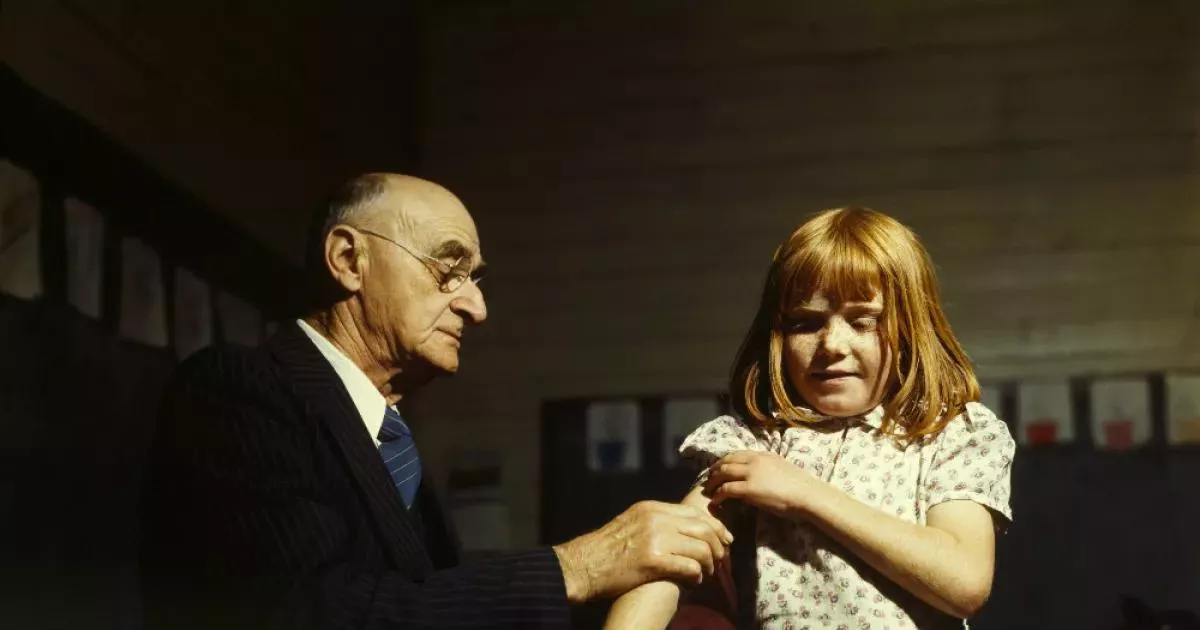Immunization fortifies the immune system against infectious agents. Exposure to foreign molecules (non-self) triggers an immune response and develops immunological memory, a function of the adaptive immune system. Active immunization involves controlled exposure to an immunogen, enabling the body to learn self-protection, primarily improving T cells, B cells, and antibody production. Memory B and T cells ensure a rapid response upon subsequent encounters. Passive immunization, in contrast, directly introduces these immune elements into the body, bypassing the body's own production.
1962: Vaccination Assistance Act
Since 1962, with the enactment of the Vaccination Assistance Act, the United States began moving towards the socially optimal outcome on a larger scale regarding immunizations.
1979: Polio Elimination in the U.S.
In 1979, Polio was eliminated in the U.S. thanks to the efforts of healthcare professionals and parents who vaccinated their children.
1999: Higher Mortality Rates in African Americans
From 1999 to 2018, an analysis of mortality from influenza and pneumonia revealed that African Americans died of these causes at higher rates than European Americans.
2018: Higher Mortality Rates in African Americans
From 1999 to 2018, an analysis of mortality from influenza and pneumonia revealed that African Americans died of these causes at higher rates than European Americans.
Mentioned in this timeline
The United States of America is a federal republic located...

A vaccine is a biological preparation that provides active acquired...

Vaccination is the process of administering a vaccine to stimulate...
Trending

31 minutes ago Jimmy Kimmel Mocks Trump's Election Meltdown After Democratic Wins on Late Night.
32 minutes ago Ariana Greenblatt's 'Now You See Me' installment: Trailer Released, Box Office Potential

32 minutes ago Maya Hawke shares Uma Thurman's quirky advice about working with Quentin Tarantino: Keep shoes on.
32 minutes ago Zcash surges due to privacy focus and 'Cypherpunk Principles,' boosted by Galaxy report.

5 months ago Sam Leavitt Honors Pat Tillman with Donation to Foundation; Sun Devils Rise
25 days ago John Bolton faces potential indictment as federal prosecutors finalize charges next week.
Popular

Nancy Pelosi is a prominent American politician notably serving as...

Zohran Kwame Mamdani is an American politician currently serving as...

William Franklin Graham III commonly known as Franklin Graham is...

Chuck Schumer is the senior United States Senator from New...
Abigail Spanberger is an American politician who served as the...

Gavin Newsom is an American politician and businessman currently serving...
